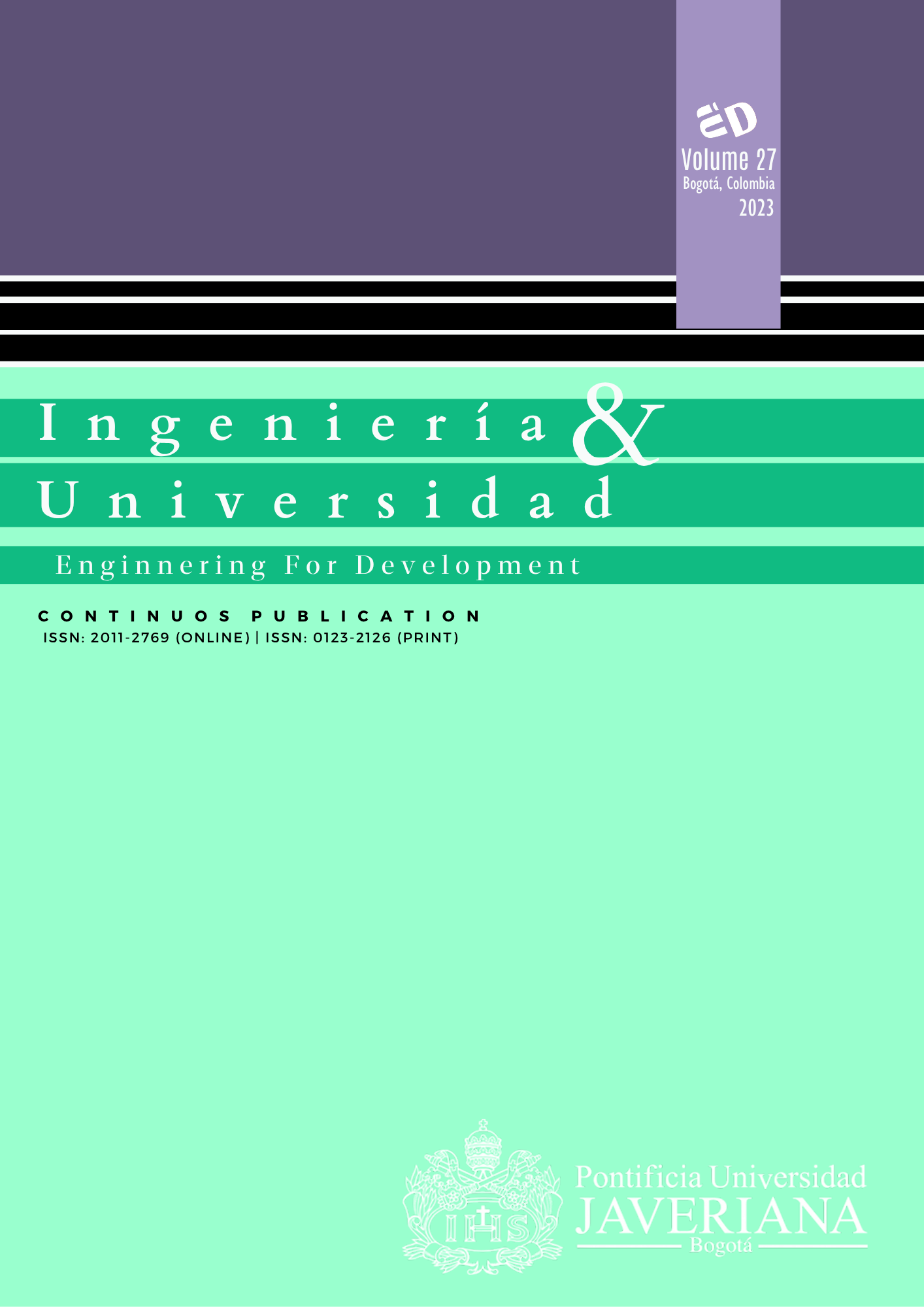Abstract
Work at height is considered a high-risk task due to the exposure of personnel to non-daily or natural factors for the human being, such as changes in temperature, position and limited displacement, which might affect the person’s metabolism. In Colombia, over the years, this activity has represented a significant number of accidents and deaths. In order to be able to detect a possible eventuality or issue with the worker at height, this project proposed and developed an IoT prototype system to monitor biological variables, such as, heart rate and blood oxygen level, and variables of protection for the worker, such as the securing of the carabiner on the line of life and the height at which the worker is positioned. The prototype characterization showed errors of 3.56% for the heart rate, 1.1% for the blood oxygen level and 10% for securing of the carabiner.
Keywords: Monitoring, Accident Prevention, Safety Devices, Internet of things.

This work is licensed under a Creative Commons Attribution 4.0 International License.
Copyright (c) 2023 margarita narducci, Alejadra Gonzalez, Diego Mendez, Damian Martinez, Maria Catalina Riaño


